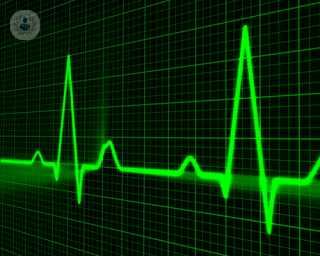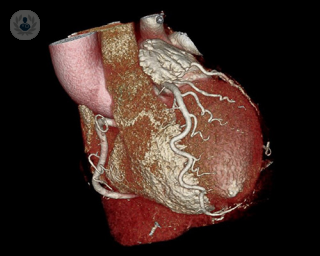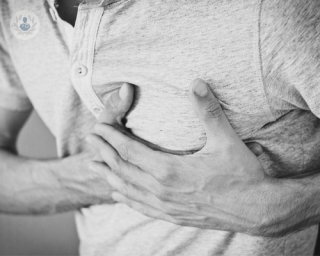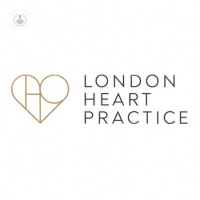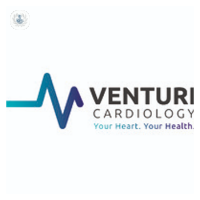Angina
What is angina?
Angina, or angina pectoris, is chest pain that occurs when the blood supply to the muscles of the heart is restricted. This is because the arteries supplying the heart become hardened and narrowed. An angina attack has been described as a dull and tight pain in the chest, which can spread to the left arm, neck or back.
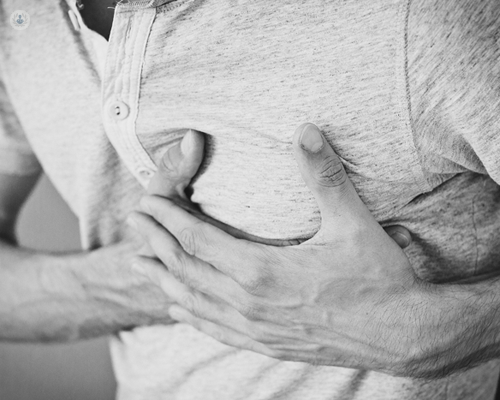
It can be triggered by physical activities or stress. It is always an emergency when an angina attack occurs and medical attention is imperative. Sometimes angina pain can be difficult to distinguish from other types of chest pain, and can be misinterpreted as indigestion.
What are the symptoms of angina?
The symptoms that are associated with angina include:
- Chest pain
- Pain in the neck, jaw, shoulder or back
- Nausea
- Tiredness and fatigue
- Shortness of breath
- Sweating
- Dizziness
The chest pain felt during an angina attack has been described as an extremely heavy weight on the chest or that the chest has been squeezed. The duration of the angina attack can vary.
The symptoms of angina in women can be different from the classic signs. A woman can experience nausea, shortness of breath and fatigue, alongside abdominal pain without chest pain. This can result in a delay in seeking emergency treatment.
What are the causes of angina?
Atherosclerosis, the build-up of fatty substances in the arteries that supply blood to the heart muscles, usually causes angina.
Things that can increase your risk of having atherosclerosis are:
- A family history of atherosclerosis or heart problems
- Ageing
- Smoking
- A lack of exercise
- An unhealthy diet
What are the different types of angina?
Stable angina is the most common type. This develops when the heart works harder, for example; when exercising. It lasts for a short amount of time such as less than five minutes. It can disappear if the person experiencing the angina attack rests.
Unstable angina can occur even when a person is at rest and it is completely unexpected. It's severe and can last as long as 30 minutes. It can signal a heart attack, so if your symptoms don't improve after taking medication, it's a medical emergency and you should call 999.
There are other types of angina, including microvascular angina and vasospastic angina.
- Microvascular angina
This is also known as cardiac syndrome X, and it usually happens under physical pressure. For example, if you've been exercising, been stressed or anxious. A symptom of microvascular angina is pain, which is often caused by spasms in the small coronary arteries, which in turn restricts blood flow.
- Vasoplastic angina
A rare type of angina, also called coronary artery spasm or Prinzmetal's angina. A coronary artery that supplies blood and oxygen to your heart tightens, or goes into spasms, and allows less blood through.
How is angina diagnosed?
Tests to check whether you have angina include:
- Blood tests
- Electrocardiogram (ECG) - This is test to look at your heart's rhythm and electrical activity.
- Exercise ECG - This is where an ECG is carried out while you're using an exercise bike, or walking on a treadmill.
- Coronary angiography - This test involves having a dye injected that highlights your heart and blood vessels. A scan is then taken.
How is angina treated?
Angina is primarily treated by medication. It can help to stop angina attacks and reduce the risk of related problems, such as heart attacks. However, surgery may be necessary if medicine isn't working to control angina.
You can have angina medication to:
- Treat angina attacks - this medicine is called glyceryl trinitrate, and either comes in the form of tablets or spray.
- Prevent angina attacks - the main medicines used for this are beta blockers, which make the heart beat slower and with less force, and calcium channel blockers. These relax the arteries and increase blood supply to the heart muscle.
- Prevent heart attacks and strokes - Angina is a warning sign of heart attack or stroke, so you may need to take extra medicine. These can include asprin, which can prevent blood clots, statins to reduce your cholesterol level, and ACE inhibitors. These reduce your blood pressure.
Surgery for angina comes in two main types. They are:
- Coronary artery bypass graft (CABG)
- Coronary angioplasty and stent insertion
What is an angina attack like?
Angina attacks are chest pains. They feel like squeezing or pressure in your chest, and can be similar to the sensation of indigestion. You may also feel pain in your back, arms, neck or shoulders. You might even feel like you have an stomach upset.
An angina attack and its symptoms can subside when you're resting but they can happen without physical exertion, too.
What are the risk factors of angina?
The following can increase the risks of having angina:
- Tobacco – smoking and regular exposure to second-hand smoke damages the interior walls of arteries and allows deposits of cholesterol to collect and block blood flow.
- Diabetes
- Hypertension (high blood pressure)

- High cholesterol or triglyceride levels – The wrong cholesterol, known as low-density lipoprotein (LDL) increases the risk of angina and heart attacks
- Ageing
- No exercise
- Being overweight
- Being stressed
Can angina be prevented?
An improvement to lifestyle choices can be made to prevent angina. This includes quitting smoking, monitoring other health conditions such as hypertension and high levels of cholesterol.

A healthy diet, which eradicates saturated fats is also recommended, as it's regular physical activity. Stress levels should be reduced and a healthy weight maintained.
Which specialist treats angina?
Cardiology specialists treat angina.



